LG spills all the bean (bird)s on webOS for TV, gets first crack at Netflix 4K
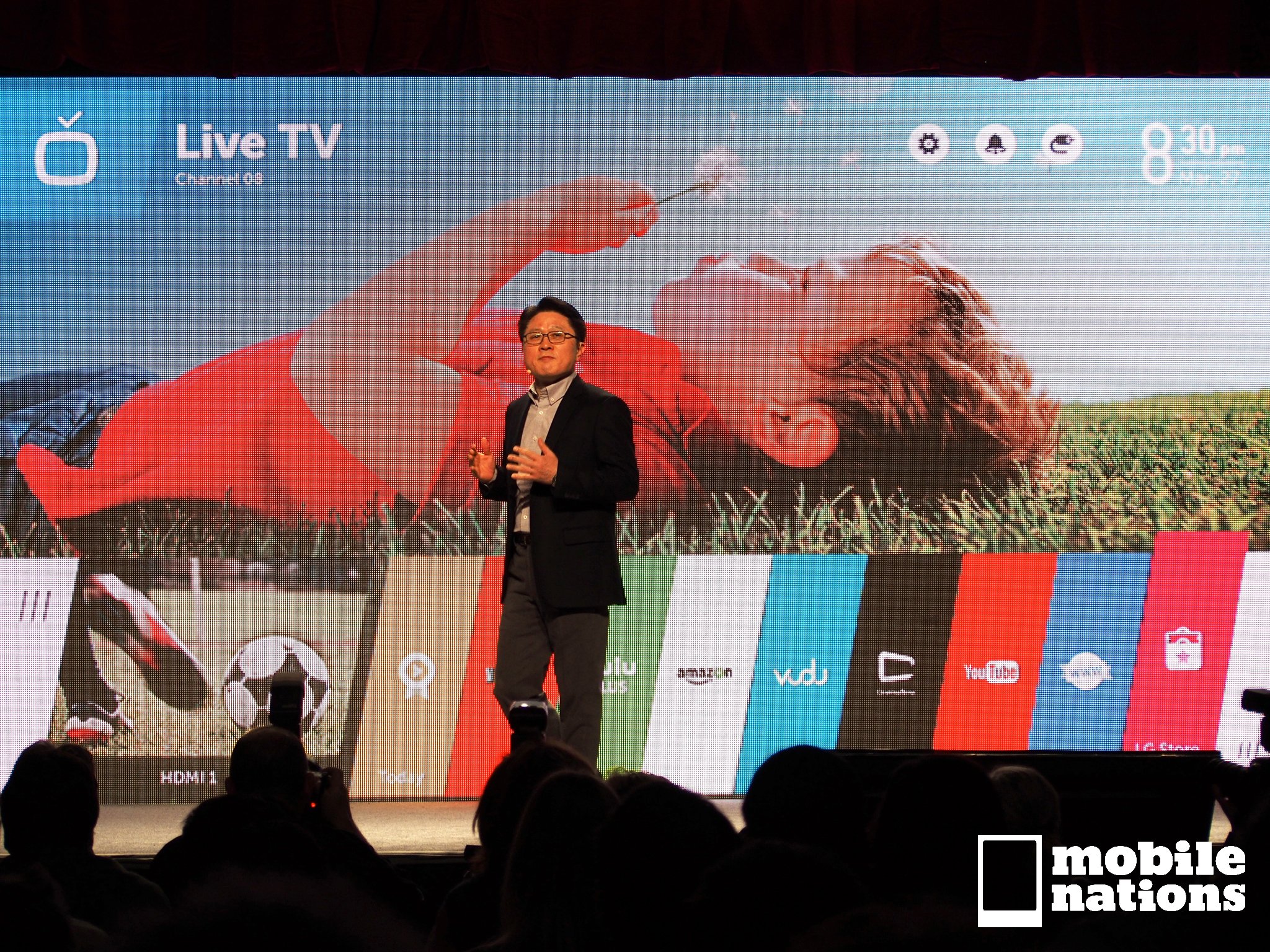
As somebody who got into this business by covering Palm and webOS, it's safe to say I was at least mildly interested in where LG was going to take webOS. LG bought webOS from HP nearly a year ago, but the two had been working together for months before to bring webOS to LG's TV line-up.
Leading up to today it was a little vague on what webOS on TVs would look like, work like, and how far LG was willing to go with their little project. There weren't any indications of what exactly their plans were or how big they planned to go — if you'd asked any pundit leading up to this week what to expect, they likely would have told you to expect webOS to be on maybe a single series (same innards, different screen sizes) of LG TVs. How it would work was a big unknown.
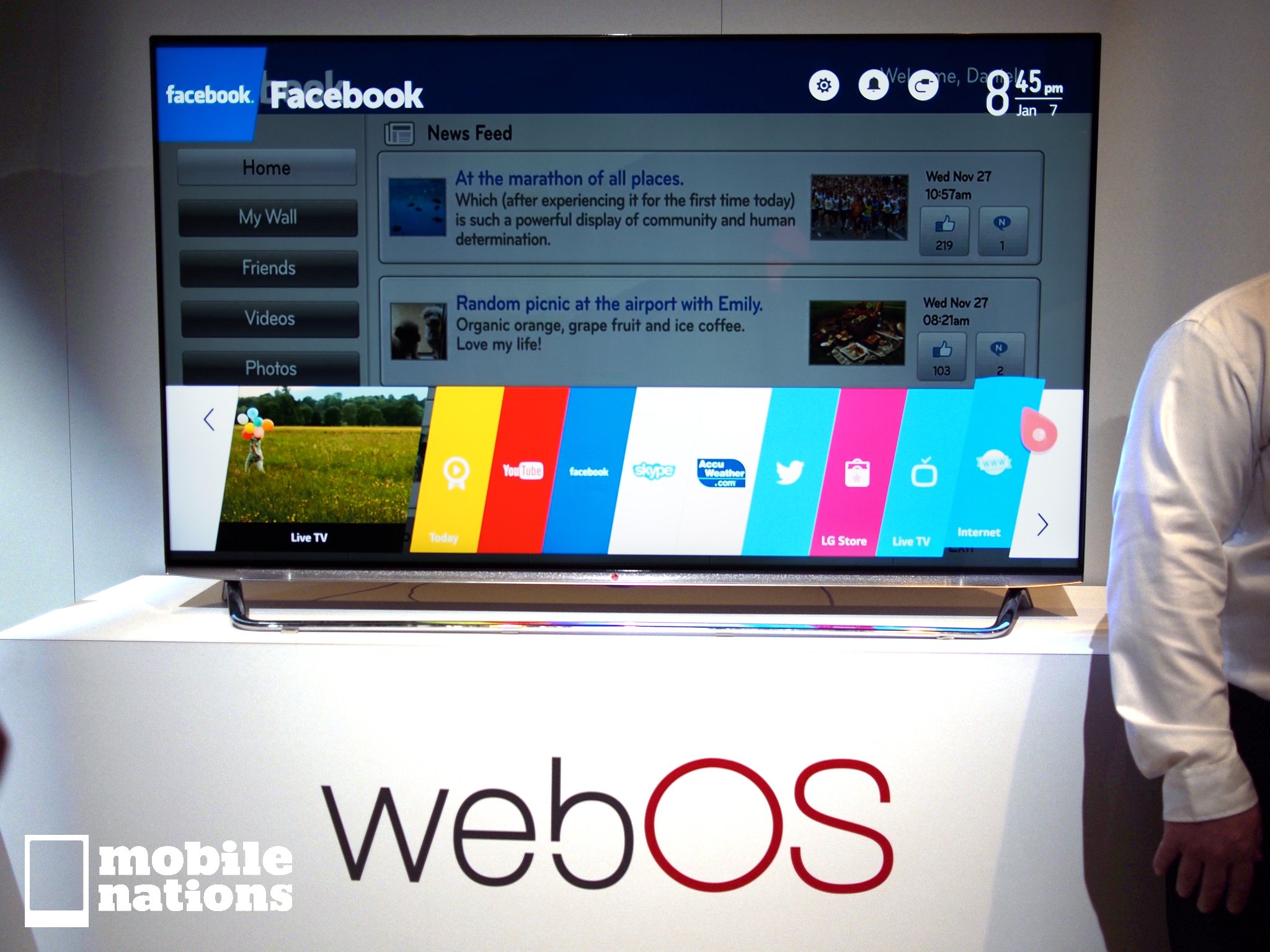
Today LG came clean on all the details. webOS has seen a complete visual and interface overhaul — frankly, it needed it both in terms to compete aesthetically with the competition and to be usable in a non-touch 'lean-back' television experience. And the roll-out is far bigger than any of us predicted.
The new webOS has nothing visually in common with its predecessors. It's adopted the same flat, clean, and typographically-driven design language as seemingly every major mobile platform. There's an app switcher that can be called up from the bottom of the screen — it's a strip of icons on angled colored backgrounds. This switcher includes not just apps like YouTube and Netflix (more on that later), but considers your physical inputs to be apps all their own. For the first time, a cable TV feed, your Xbox, and Netflix are all on the same level.
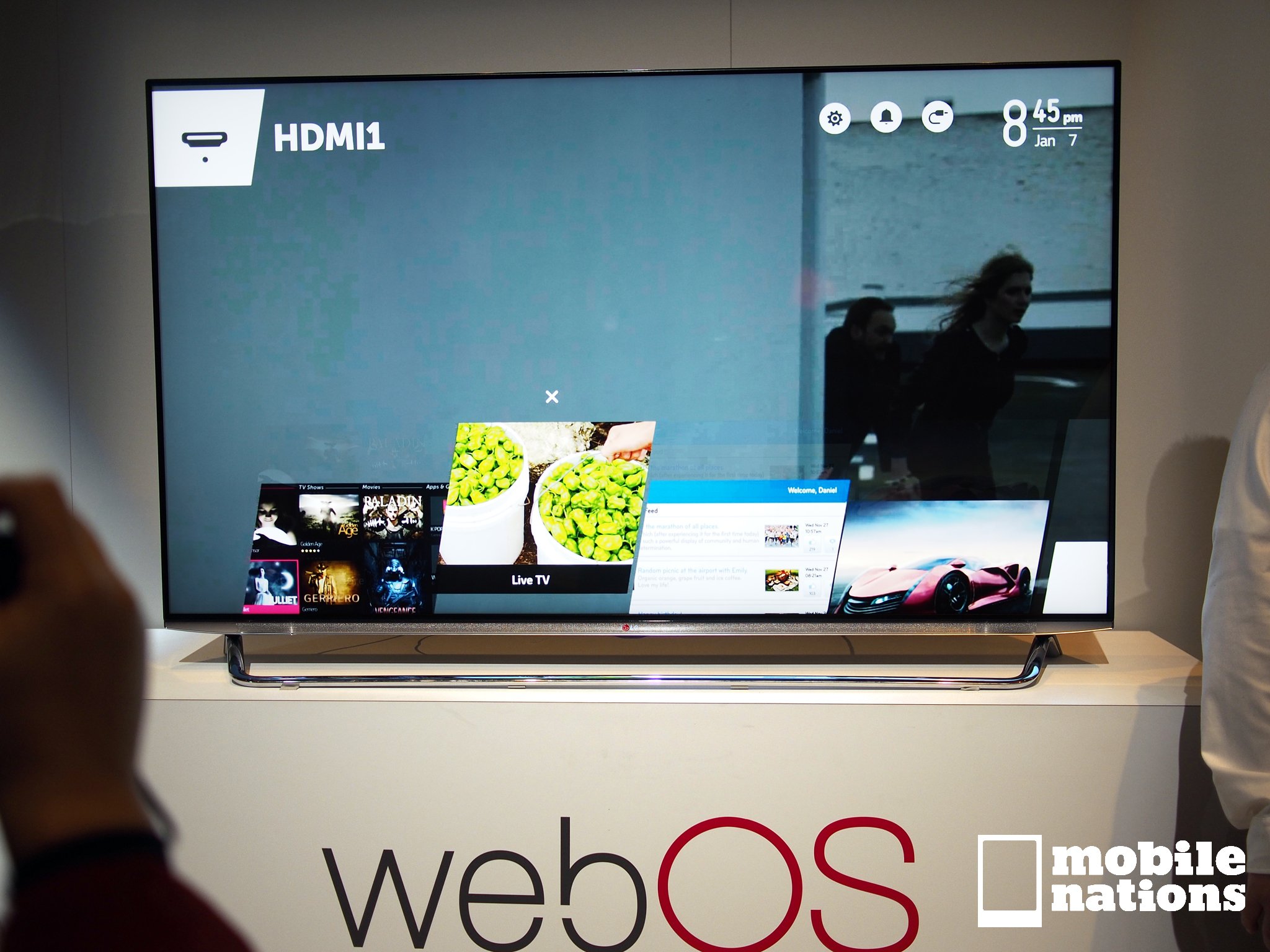
Like webOS, recent apps are lined up in the order in which they were launched, while you can access the rest of your apps by jumping into the app strip menu on the right. It's ''cards' but not as you know it. As an added plus, the line of apps is only overlaid on the bottom of whatever you were watching right now — you're not kicked out or forced to suffer with a horrible little window in the corner.
Wondering how you control all of this? With LG's Magic Remote, of course. The Magic Remote is actually an existing LG device, one that uses motion tracking to control an on-screen cursor.
LG also took steps to make sure that customers that buy a webOS-powered LG TV will actually use the smart features. For one, it helps that they've elevated apps to the same level as traditional television inputs, and applied a smart and attractive design to it — especially in comparison to competing smart TV platforms. Visually, webOS on TV is an enormous step up for smart TVs. LG's also built a set-up assistant so you're prepared to get the most out of your webOS TV, and while it looks to be a smooth and elegant process, it's guided by an animated bean-shaped bird dubbed "Bean Bird", and while that might conjure up images of Clippy, Bean Bird is cute, at least moderately amusing, and is only there for the initial set-up process.
Master your iPhone in minutes
iMore offers spot-on advice and guidance from our team of experts, with decades of Apple device experience to lean on. Learn more with iMore!
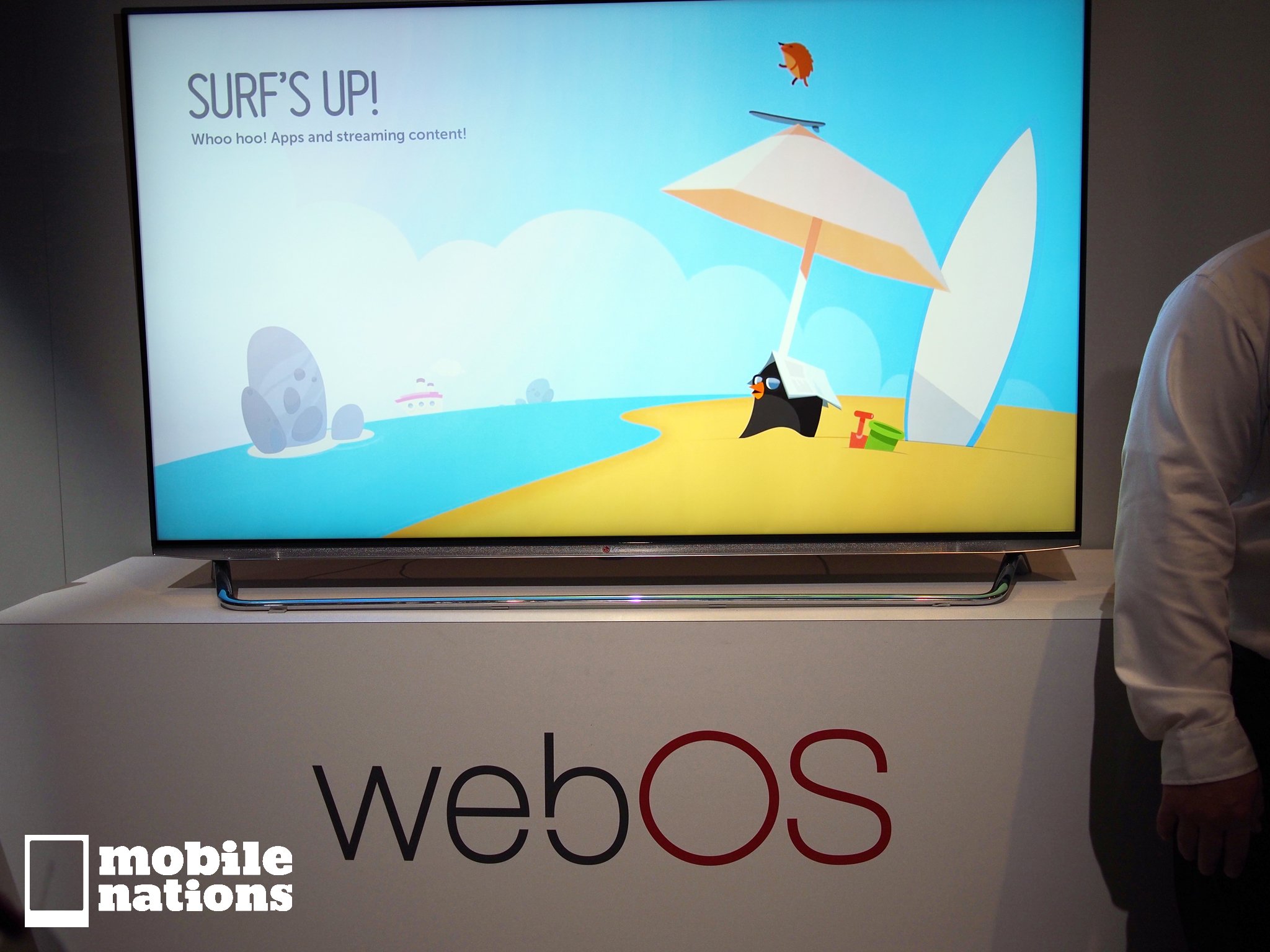
But the be-all, end-all of any TV is content. To that end, LG has leveraged their power and partnerships in a way that HP never seemed willing to do (favoring instead their vastly-inferior home-grown content services) and Palm never had the ability to do. While there's not a comprehensive list of apps will come on webOS TV, it's clear from the imagery that important flagship apps like Amazon, CinemaNow, Facebook, Pandora, Hulu, Instagram, Netflix, Skype, and YouTube will have a place on webOS TV.
Yes, five years later, Netflix is finally coming to webOS. In fact, LG leveraged that power of theirs to get a first crack at Netflix's new 4K streaming service. Netflix CEO Reed Hastings was even trotted out on stage to extol the virtues of LG and webOS.
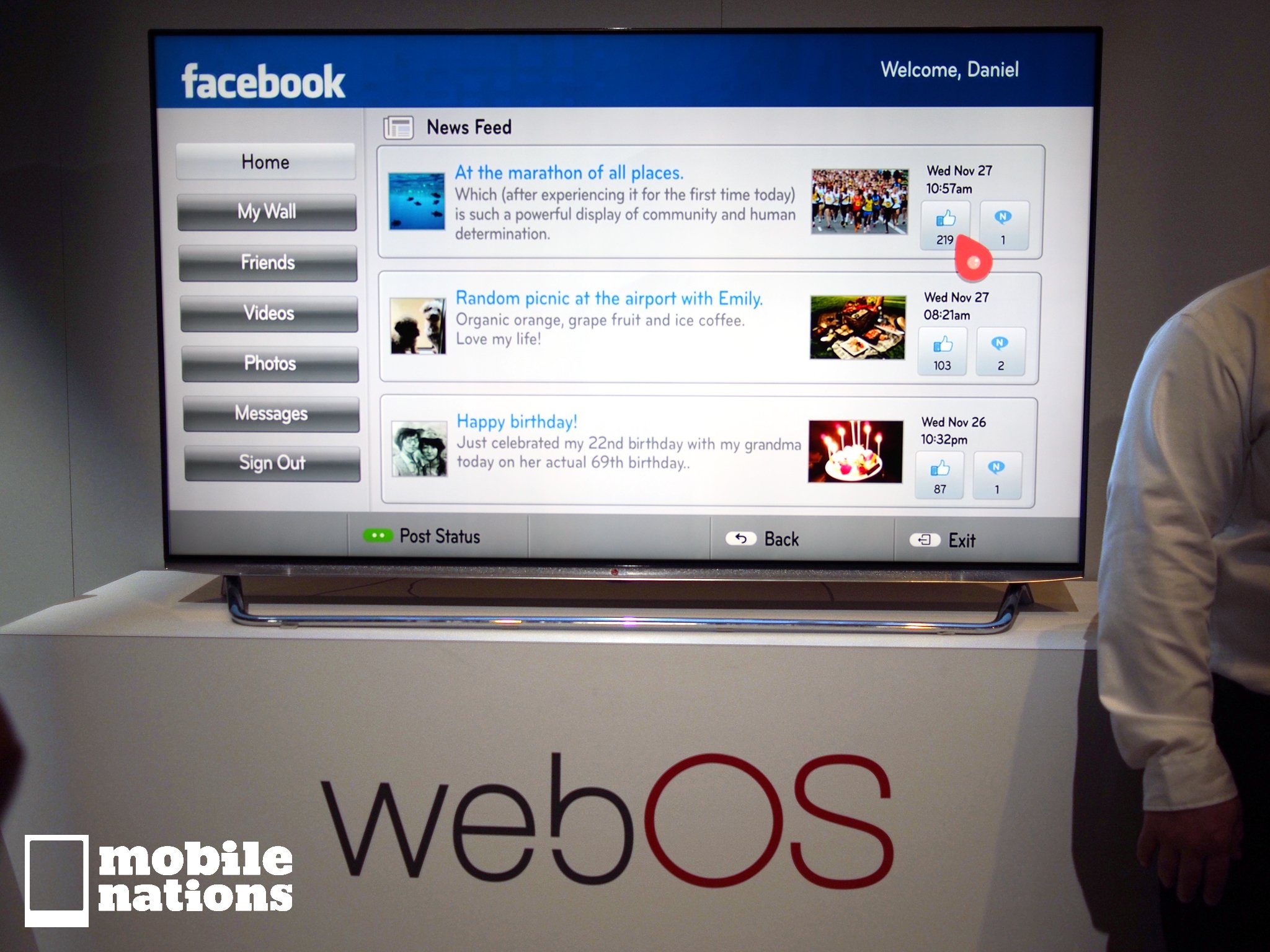
At its core, webOS TV carries on the same core as the webOS 3.x that powered the HP TouchPad. Visually, it's an entirely different beast. Apps, too, use the same Enyo framework as old webOS apps, but again with an entirely new visual and interface language. Apps built for the TouchPad won't work here, and apps built here won't work on the TouchPad. Nor should they — this is a clean break with the past of webOS. Sticking with Enyo does make sense on several levels. For one, it's a flexible framework that will be easy to scale up and down as needed. But more importantly, much of the internet-delivered content that owners are going to want is going to work well with the web-based code that comprises Enyo.
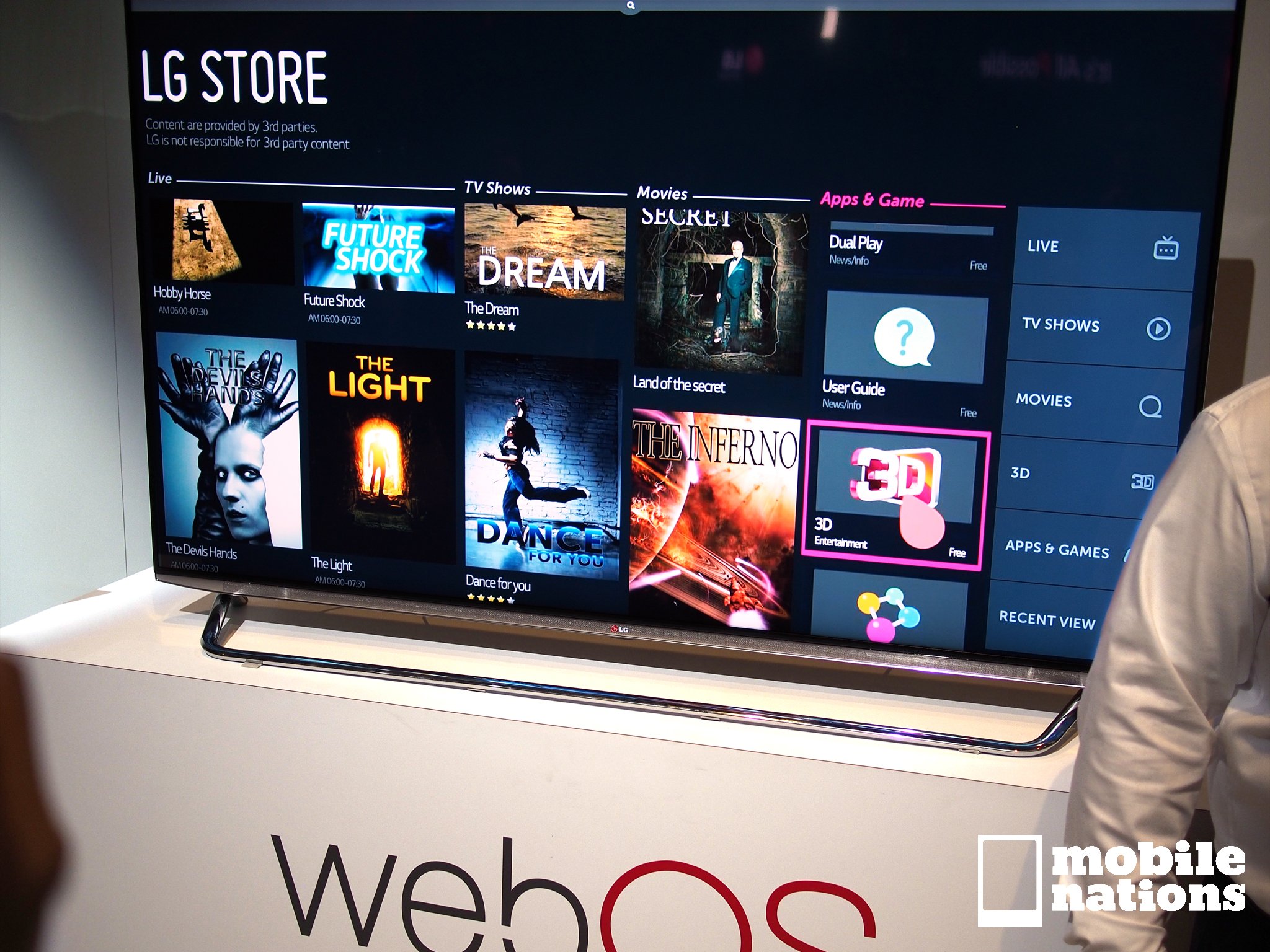
None of this was truly surprising. If you'd asked me to wager on how this would all go down, I would have said to expect an updated take on the Magic Remote (looks like they're using the same version as before), a completely revamped interface, and big-name content partnerships. I also would have told you that LG was probably going to go small with webOS, spitting out a handful of TV's this year running the new software. After all, it wasn't a big investment to purchase webOS and its staff from HP — the transaction didn't have a material impact on the bottom line of either company.
Boy were we all wrong. LG is going big with webOS. A full 59% of their traditional HD smart TV line-up will have Open webOS this year. And all of LG's new UHD 4K TVs will run webOS. That adds up to about 70% of the LG TV line, running webOS. Millions of new webOS owners are about to be made.
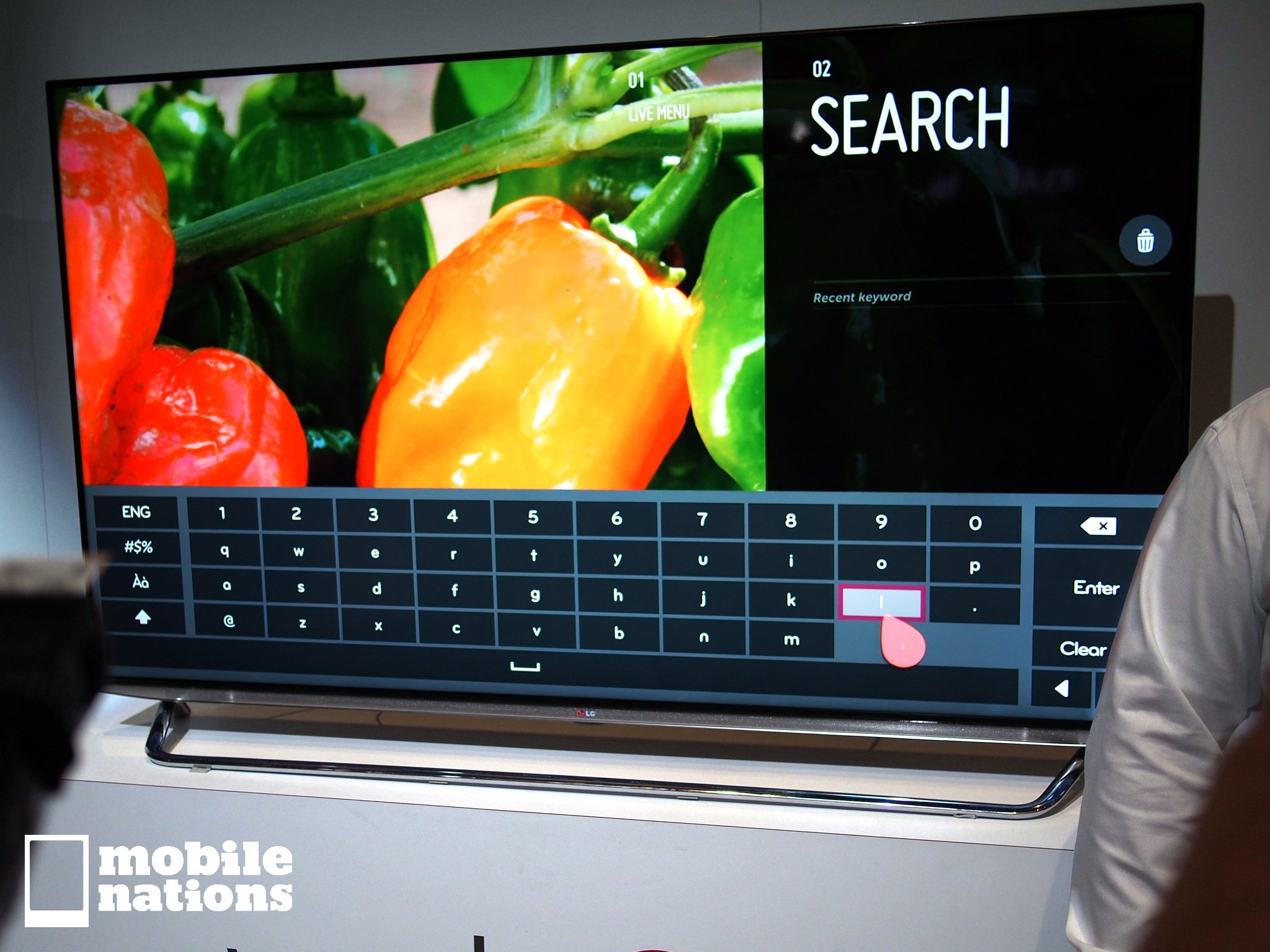
That said, there were no live demonstrations of webOS happening at the keynote or the hands-on area afterwards. Of the half-dozen televisions on display (all of which are likely to run webOS), only one had a webOS demo running. To be more accurate, it was a video of what webOS is to look like.
We have no clue how well webOS will actually run on production hardware. There's still a lot of processing that has to be done to make webOS do what it needs to do. And while the chipsets that could conceivably power an LG webOS TV have made massive leaps and bounds in the more than two years since the last webOS devices were launched, these TVs are also going to be having to do a lot more they ever had to do before. Not only are consumer expectations of responsiveness much greater, but the 8.3 million pixels you'll find on a UHD TV are more than ten times more numerous than the TouchPad of old. webOS back in the day was never snappy, so LG and their Silicon Valley Lab webOS team have their work cut out for them.
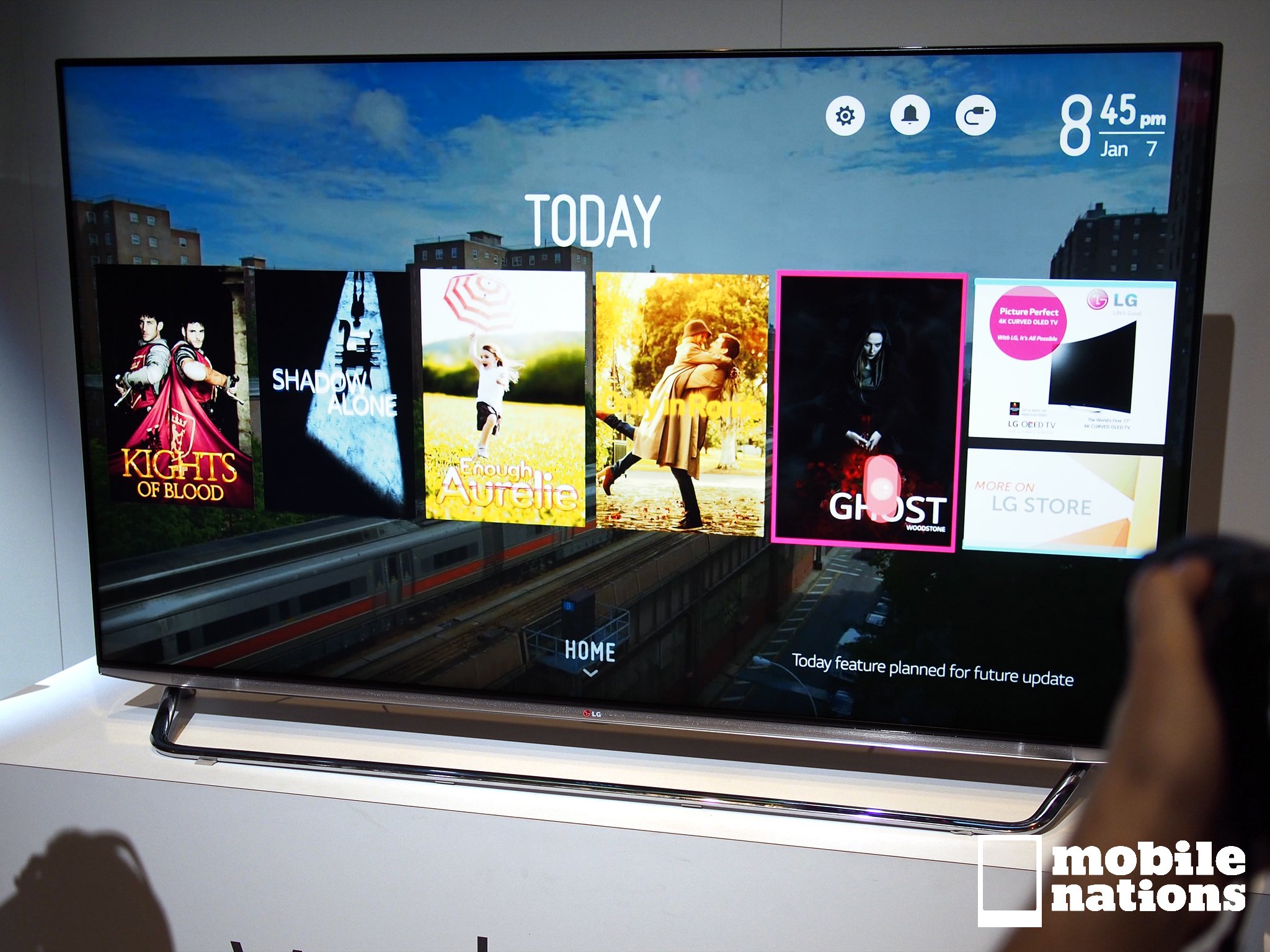
The crowd of webOS die-hards might be disappointed, though it would have been overly optimistic to expect anything more than televisions. That's exactly what LG said they were doing when they bought webOS. LG President and CTO of Electronics Dr. Skott Ahn did say that LG intends to eventually expand webOS to other parts of their line-up, and while there's a possibility that might someday include smartphones and tablets, the far more likely course of expansion is going to be into LG's appliances division. You're going to see a webOS-powered washing machine before you'll see a new webOS-powered tablet.
The first webOS-powered LG TVs are expected to land early this year, and you can expect pricing to be all over the map as you check off various options boxes on a TV model. LG sells dozens of different TV models, with specs varying on refresh rate, contrast ratio, connectivity, 3D, and panel technology. Oh, and size too. There's an upper limit, though, with a preposterously large 105-inch 121:9 curved LCD UHD TV hitting $70,000. In case you happen to need something to watch when your chaueffer returns you from your private jet at the airport to your 40,000-square-foot mansion (which you'll need to fit that massive TV set).
Not bad for something LG paid a pittance for when buying the withering remains of webOS from HP. Not bad at all.
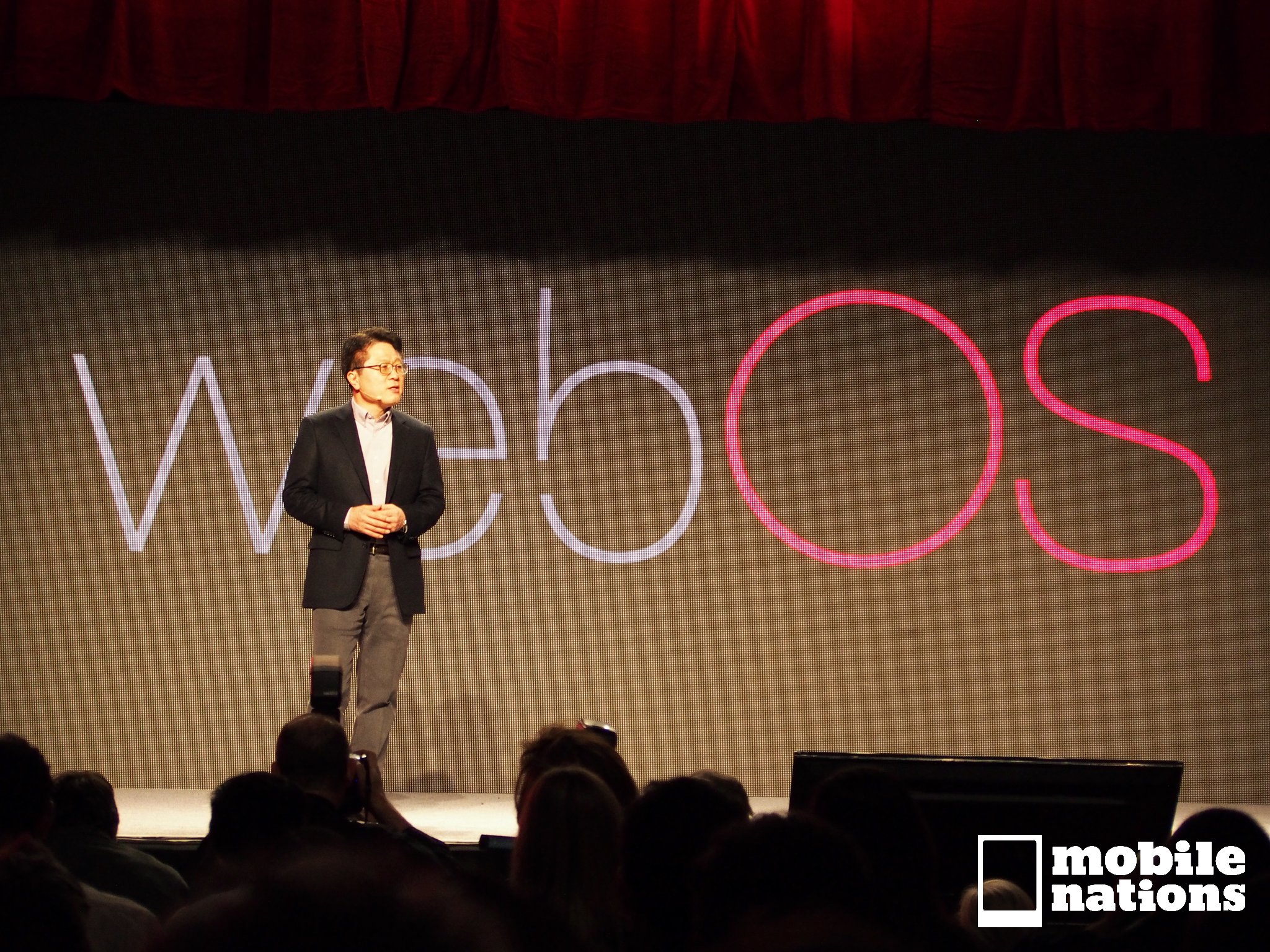
Derek Kessler is Special Projects Manager for Mobile Nations. He's been writing about tech since 2009, has far more phones than is considered humane, still carries a torch for Palm, and got a Tesla because it was the biggest gadget he could find. You can follow him on Twitter at @derekakessler.

